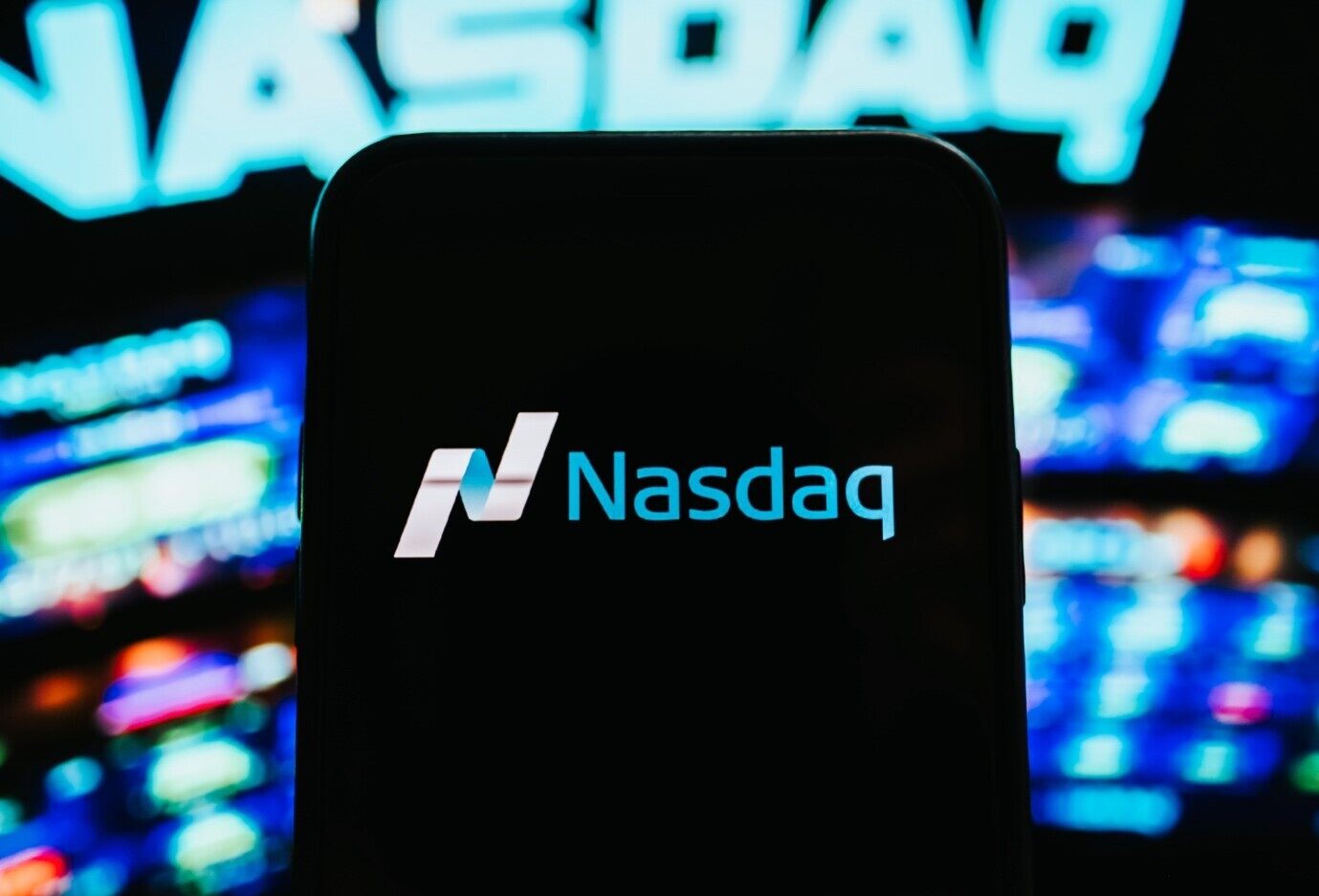The Nasdaq 100 and how it works
Technology, consumer services, and other growth stocks dominate the Nasdaq 100, which comprises companies across a number of high-growth potential sectors that are under-represented in the Australian sharemarket.
Summary
- The Nasdaq 100 Index includes 100 of the world’s largest non-financial companies listed on the broader Nasdaq sharemarket
- As a collection of dynamic companies at the forefront of innovation, the Nasdaq 100 Index has come to represent the ‘new economy’
- Both Betashares NDQ and HNDQ offer investors a significant technology sector allocation, and provide exposure to household names such as Apple, Microsoft, Google, Amazon, Netflix and more
- NDQ and HNDQ offer exposure to one of the world’s most actively traded indices
What is the Nasdaq 100 Index?
The Nasdaq 100 is an index which includes 100 of the world’s largest non-financial companies listed on the broader Nasdaq sharemarket, based on their market capitalisation.
More than half the companies in the Nasdaq 100 Index are in the technology sector, however the Nasdaq 100 also includes companies from a variety of other sectors, including retail, consumer goods and services, industrial, healthcare and more.
Unique to the Nasdaq 100 Index is the diverse mix of companies which offer innovation and future growth potential. As can be seen in the table below, with earnings growth substantially higher than that of Australian and global sharemarkets, the Nasdaq 100 Index has significantly outperformed over the past decade.
Performance and Earnings Growth as at 31 December 2022
| Nasdaq 100 Index | Australian Shares Index | Global Shares Index | |
| 1 year | -28.0% | -1.1% | -12.2% |
| 3 year (p.a.) | 9.5% | 5.5% | 6.2% |
| 5 year (p.a.) | 15.1% | 7.1% | 9.2% |
| 10 year (p.a.) | 21.0% | 8.7% | 13.6% |
| 10 year earning growth (p.a.) | 16.0% | 7.4% | 10.9% |
*Source: Bloomberg. Shows performance of Nasdaq 100 Index, which NDQ aims to track, and does not take into account NDQ’s management costs of 0.48% p.a. or other fund costs. Australian Shares Index refers to S&P/ASX 200 Index. Global Shares Index refers to MSCI WORLD NTR (AUD). NDQ’s inception date was 26 May 2015. Past performance is not indicative of future performance of index or ETF. Investing involves risk. The NASDAQ 100 Index’s returns can be expected to be more volatile (i.e. vary up and down) than a broad Australian or global shares exposure.
History of the Nasdaq 100 Index
The broader Nasdaq sharemarket was founded in 1971 without a physical trading floor, as the first sharemarket in the United States to enable online trading.
The Nasdaq 100 Index (or NDX) was launched in February 1985. Since then, it has evolved into a leading barometer of growth companies at the forefront of innovation.
Companies included in the Nasdaq 100 Index have helped drive the modern economy and the evolution of the Index, and, in many ways, the Index reflects how the business world has shifted in the 21st century.
What is the Nasdaq 100 ETF?
The Betashares NASDAQ 100 ETF (ASX: NDQ) aims to track the performance of the Nasdaq 100 Index (before fees and expenses).
QQQ is the ticker for the Invesco exchange-traded fund (ETF) that tracks the NASDAQ 100 Index. It gives investors, primarily in the U.S., access to the Nasdaq’s 100 largest non-financial companies in a single investment. In September 2021, Lipper identified QQQ as one of the top rated large-cap growth funds based on total return over the past 15 years.1 Additionally, it’s one of the top traded funds in the U.S. by daily trading volume.
NDQ Nasdaq 100 ETF is the ASX-traded equivalent of QQQ in that both ETFs seek to track the Nasdaq 100 Index, so NDQ and QQQ will give you exposure to the same companies. However, QQQ is not traded on the ASX, whereas NDQ is. The main difference in the performance of NDQ and QQQ is due to currency, since NDQ is priced in Australian dollars the fund’s returns will depend on the performance of the Nasdaq 100 Index and movements in the AUD/USD exchange rate. Australian investors can use HNDQ Nasdaq 100 Currency Hedged ETF which is ASX-traded and aims to largely remove the impacts of the AUD/USD exchange rate on performance and hence provides an exposure that is more similar to QQQ’s returns (excluding any difference in fund fees and costs).
As it stands, QQQ is not available through a service like CommSec, one of Australia’s largest trading platforms. Due to NDQ being an ASX-traded product, it is easier to buy and sell for Australian residents.
In recent years there has been an influx of new online brokers in Australia that offer international stocks and ETFs, allowing you to buy and sell QQQ. However, you must take into consideration the impact of currency exchange on your returns. As many of these platforms operate using USD, they will convert AUD into USD when you want to buy overseas-listed investments, typically at a less favourable rate than you can expect elsewhere. When you come to sell, the transfer from USD back into AUD also comes at a cost. These currency conversion fees are generally how these services turn a profit.
Furthermore, Australia and the U.S have a Double Tax Agreement. If you buy QQQ, distributions are taxed in the U.S. However, you are still required to declare all your foreign income on your Australian tax return. To avoid potentially paying tax both in the U.S. and Australia, you would need to claim a foreign income tax offset for any foreign tax you have paid. Buying and selling NDQ over QQQ can help you avoid additional tax considerations.
Finally, if you still want to purchase QQQ through these platforms, there is the inconvenience that comes with the time difference between the U.S. and Australia. The U.S. market open and close times vary significantly from Australian business hours.
All this considered, investing in NDQ may be a more convenient option for Australian investors.
Three reasons to own the Betashares NDQ ETF
1. Invest in the way you live
The Betashares Nasdaq 100 ETF (ASX Code: NDQ) provides access to companies that provide services that are now part of our everyday lives. NDQ provides exposure to many of the world’s most revolutionary companies, including Google, Apple, Amazon, Netflix, Tesla and Zoom.
2. Exposure to the new economy
With its strong focus on technology, NDQ provides diversified exposure to a high-growth potential sector that is under-represented in the Australian sharemarket.
3. Simple, cost effective international diversification
In a single ASX trade, add 100 leading global companies to your investment portfolio. With management costs of only 0.48% p.a. (or $48 for every $10,000 invested)2 NDQ is a cost-effective investment solution for those seeking international shares exposure.
How to use the Betashares NDQ ETF & HNDQ ETF in your portfolio
How to buy the Betashares NDQ ETF
You can buy and sell units in both the NDQ Nasdaq 100 ETF and the HNDQ Nasdaq 100 Currency Hedged ETF just like any share on the ASX.
Learn how to invest in ETFs in a step-by-step guide here.
1 Past performance is not indicative of future performance.
2 Other costs, such as transaction costs, may apply. Please refer to the Product Disclosure Statement for more information.
| There are risks associated with an investment in NDQ or HNDQ, including market risk, country risk, currency risk (for NDQ), currency hedging risk (for HNDQ) and sector risk. NDQ’s and HNDQ’s returns can be expected to be more volatile (i.e. vary up and down) than a broad global shares exposure, given their concentrated sector exposure. NDQ and HNDQ should only be considered as a component of a diversified portfolio. For more information on risks and other features of NDQ and HNDQ, please see the relevant Product Disclosure Statement. |

